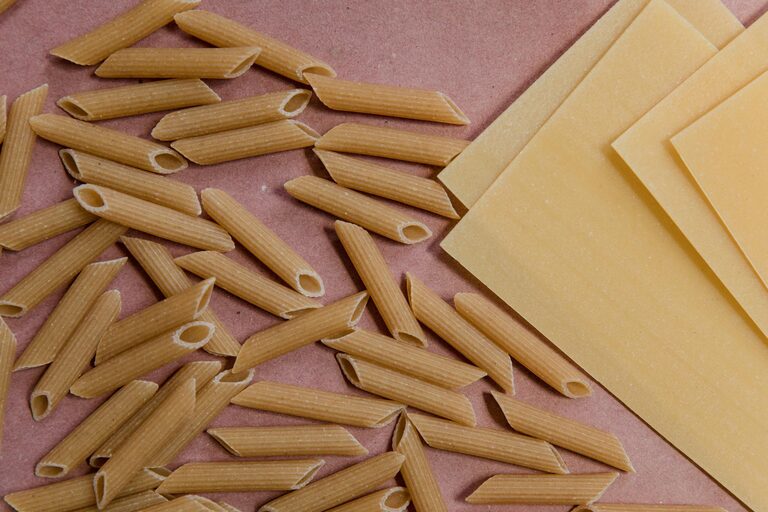Planning meals around your pantry staples is a smart way to simplify cooking, stretch your grocery budget, and reduce food waste. Whether you have a well-stocked pantry or just a few basics, you can create delicious, wholesome meals without last-minute trips to the store. In this guide, we’ll explore how to plan meals using common pantry ingredients, plus tips to keep your pantry organized and your meals exciting.
Why Plan Meals Around Pantry Staples?
Often, the pantry contains long-lasting ingredients such as canned goods, grains, dried beans, and spices. These staples form the building blocks of many meals. Planning with them in mind helps you:
– Save money by using what you already have
– Reduce food waste by using ingredients before they expire
– Make grocery shopping more efficient and focused
– Prepare meals quickly without scrambling for ingredients
Step 1: Take Inventory of Your Pantry
Before you start meal planning, get a clear picture of what’s on your shelves.
– Organize by category: Group items like canned vegetables, pasta, rice, grains, spices, and baking supplies together.
– Check expiration dates: Use older items first to minimize waste.
– Note staple items: Focus on versatile ingredients such as canned tomatoes, beans, rice, pasta, canned tuna or chicken, and spices.
Having a detailed list will help you see what you have to work with.
Step 2: Build Your Meal Plan Around Key Staples
Identify 3–5 flexible pantry staples to focus on for the week. For example:
– Rice or quinoa
– Canned beans or lentils
– Pasta
– Canned tomatoes or tomato sauce
– Canned tuna or chicken
These ingredients can be the base of multiple meals.
Example Meal Ideas Using Staples
– Rice + canned beans + spices → Mexican-style rice bowl
– Pasta + tomato sauce + canned vegetables → Simple pasta dish
– Quinoa + canned chickpeas + herbs → Mediterranean salad
– Canned tuna + crackers + canned corn → Tuna salad
– Lentil soup with canned tomatoes and broth
Step 3: Supplement with Fresh Ingredients
To keep meals balanced and flavorful, add fresh items where possible. Vegetables like onions, garlic, carrots, and leafy greens store well and enhance flavor. Fresh herbs or citrus can brighten dishes. Plan your grocery list around what you need to complement your pantry staples.
Step 4: Find Easy Recipes and Mix & Match
Look for simple recipes that highlight pantry staples. Many websites offer “pantry meal” ideas or one-pot dishes that maximize ingredients.
– Use spices and herbs to change flavors easily (e.g., Italian, Mexican, Indian styles)
– Mix proteins, grains, and vegetables in different combinations to avoid boredom
– Try sheet pan meals or slow cooker recipes for minimal prep
Step 5: Batch Cook and Store for Convenience
Cooking larger portions saves time. Make double batches of rice, beans, or soups and refrigerate or freeze portions. This way, you have ready-made components for meals throughout the week.
Pantry Staples to Keep on Hand
Consider stocking your pantry with these versatile staples:
– Grains: rice, pasta, quinoa, couscous
– Legumes: canned or dried beans, lentils, chickpeas
– Canned goods: tomatoes, corn, tuna, chicken, vegetables
– Broths or stocks (boxed or canned)
– Baking essentials: flour, sugar, baking powder
– Spices and herbs: salt, pepper, garlic powder, chili flakes, oregano, basil, cumin
– Oils and vinegars
Tips for Maintaining Your Pantry
– Rotate items regularly: use the oldest first
– Store ingredients in airtight containers to keep them fresh
– Keep a running inventory list to avoid buying duplicates
– Label containers with dates when repackaging bulk items
Final Thoughts
Meal planning with pantry staples can transform how you cook, making it less stressful, more economical, and creative. By knowing what you have, choosing adaptable recipes, and adding fresh ingredients thoughtfully, you’ll enjoy tasty meals with minimal effort. Start today by exploring your pantry—you might be surprised by the dishes you can create!


